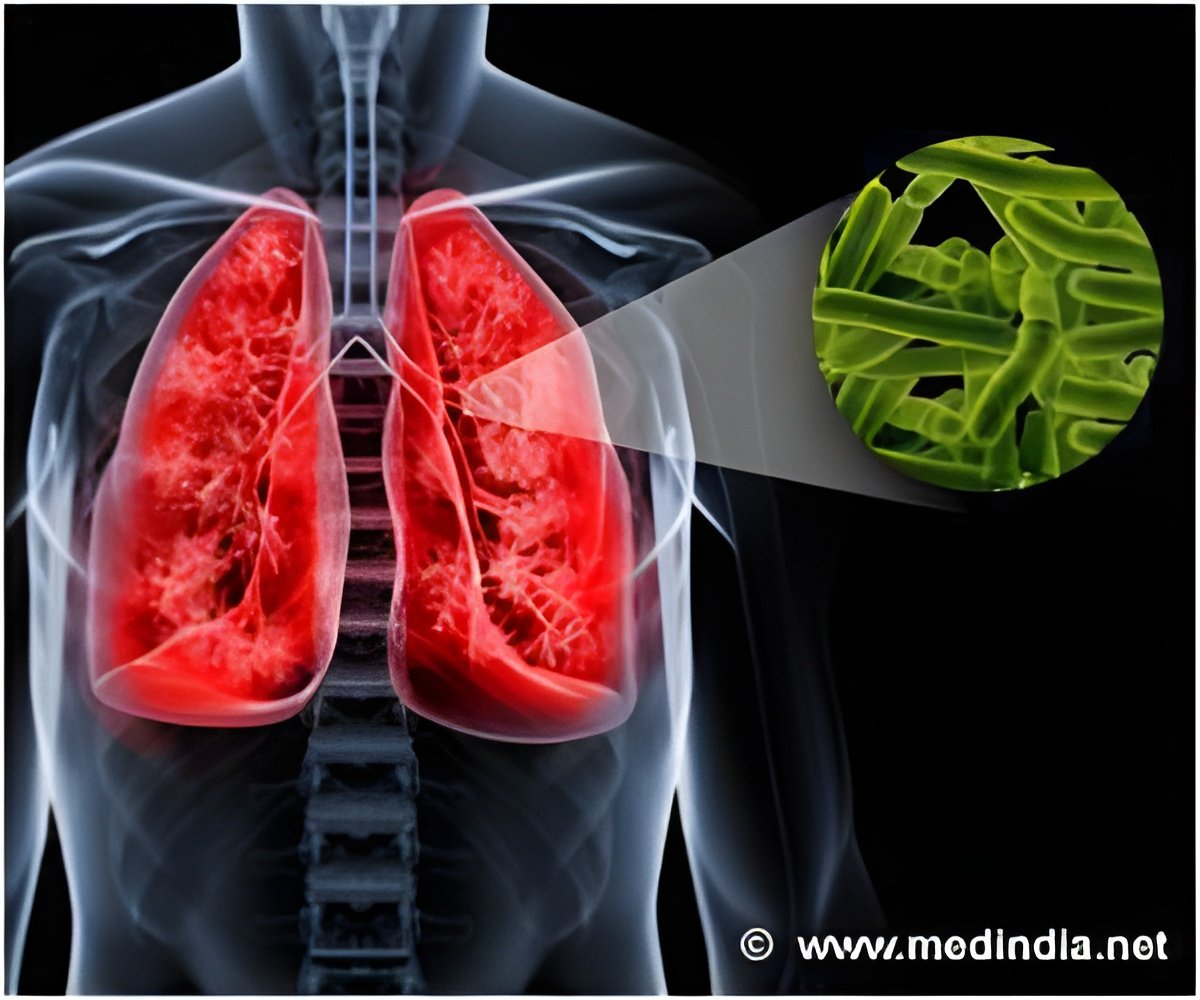College athletes who play football, soccer and other contact sports are more likely to carry the superbug methicillin-resistant Staphylococcus aureus.

"This study shows that even outside of a full scale outbreak, when athletes are healthy and there are no infections, there are still a substantial number of them who are colonized with these potentially harmful bacteria," said Natalia Jimenez-Truque, PhD, MSCI, research instructor, Vanderbilt University Medical Center, Nashville, Tenn. "Sports teams can decrease the spread of MRSA by encouraging good hygiene in their athletes, including frequent hand washing and avoiding sharing towels and personal items such as soap and razors."
Researchers analyzed the time it took for college athletes to be colonized with Staphylococcus aureus (staph), including MRSA, the antibiotic-resistant variety, and how long they carried it. The study followed 377 male and female Vanderbilt University varsity athletes playing 14 different sports, including 224 who played contact sports such as football, soccer, basketball and lacrosse, comparing rates of colonization with staph to 153 who played non-contact sports, including baseball, cross country and golf. Each athlete had monthly nasal and throat swabs over the course of two academic years. The study also found contact athletes acquired MRSA more quickly and were colonized longer than non-contact athletes.
MRSA is a leading cause of skin and soft tissue infections, which often heal on their own or are easily treated. But the invasive form of MRSA can cause pneumonia and infections of the blood, heart, bone, joints and central nervous system, and kills about 18,000 people every year. Invasive MRSA is difficult to treat because standard antibiotic therapy may be ineffective, and physicians often must turn to powerful antibiotics delivered through an I.V.
Athletes in contact sports are at higher risk for getting colonized with or infected by MRSA because they have skin-to-skin contact and often have cuts and scrapes that allow the bug to enter the body.
Researchers said athletes can reduce the risk of spreading the bug by covering any open wounds, regularly washing their hands, showering after all practices and games, and not sharing razors and other personal equipment. Athletes with scratches and cuts should not practice or play in games, towels and clothes should be washed daily, and shared equipment and facilities should be cleaned routinely. While keeping equipment clean is important, researchers found little staph in the athletic environment, such as the locker room and weight room, suggesting that MRSA is most often spread person to person, Jimenez-Truque said.
Source-Eurekalert
 MEDINDIA
MEDINDIA




 Email
Email








